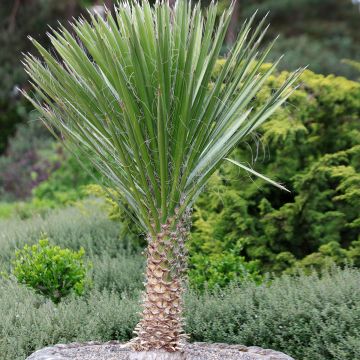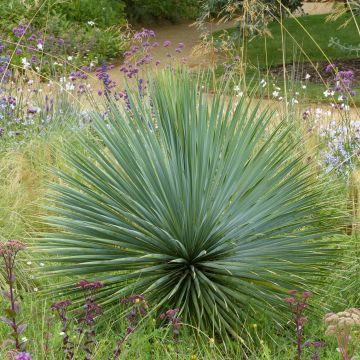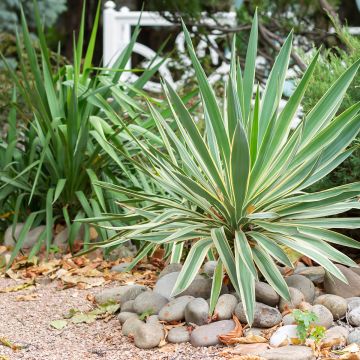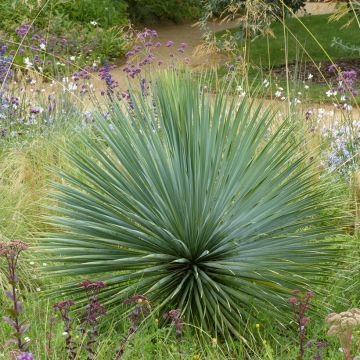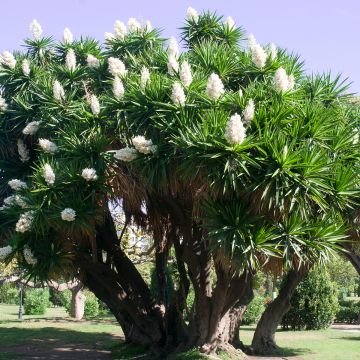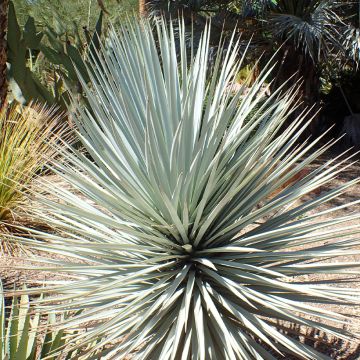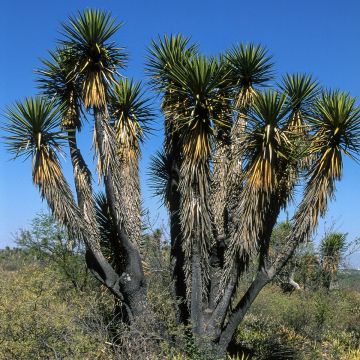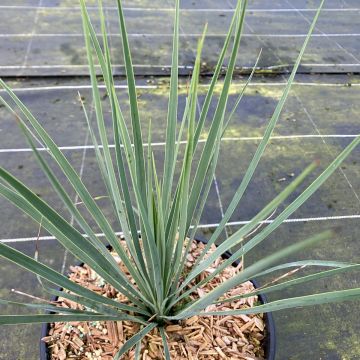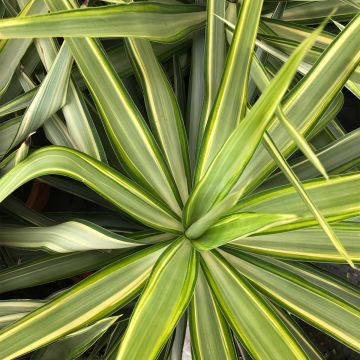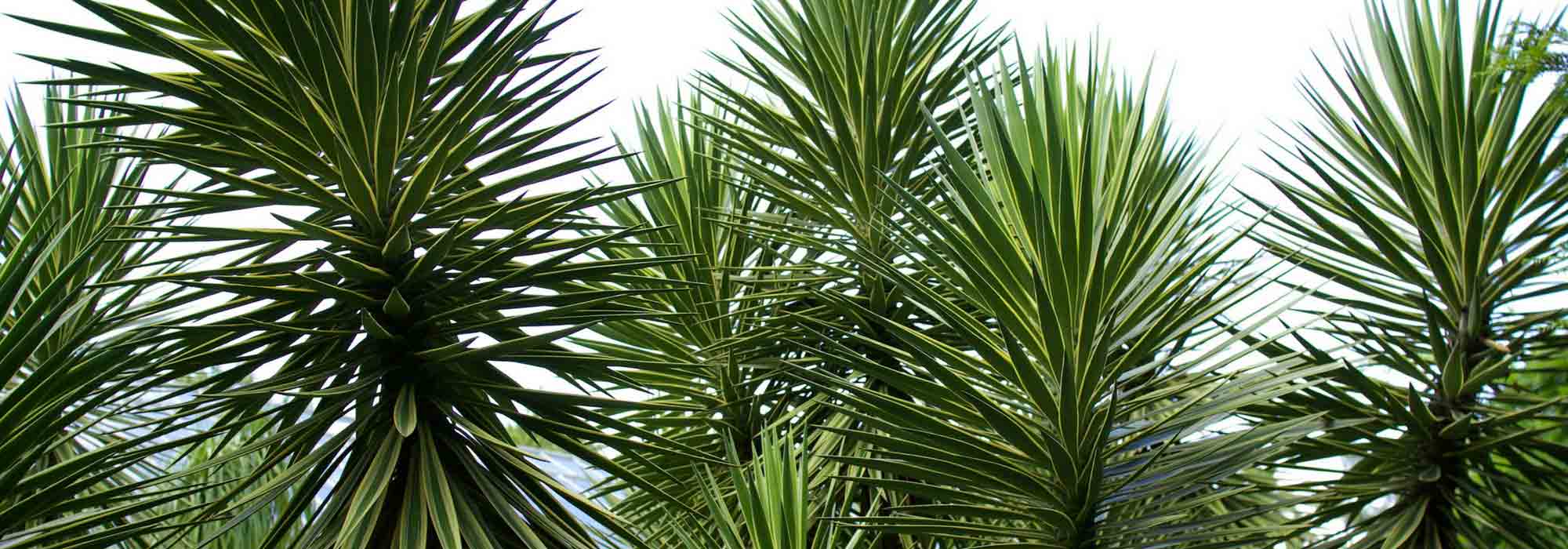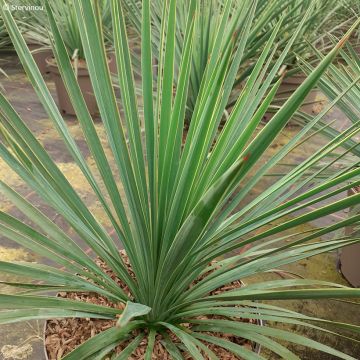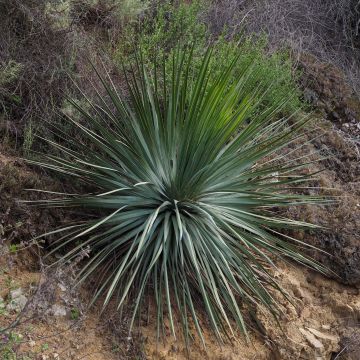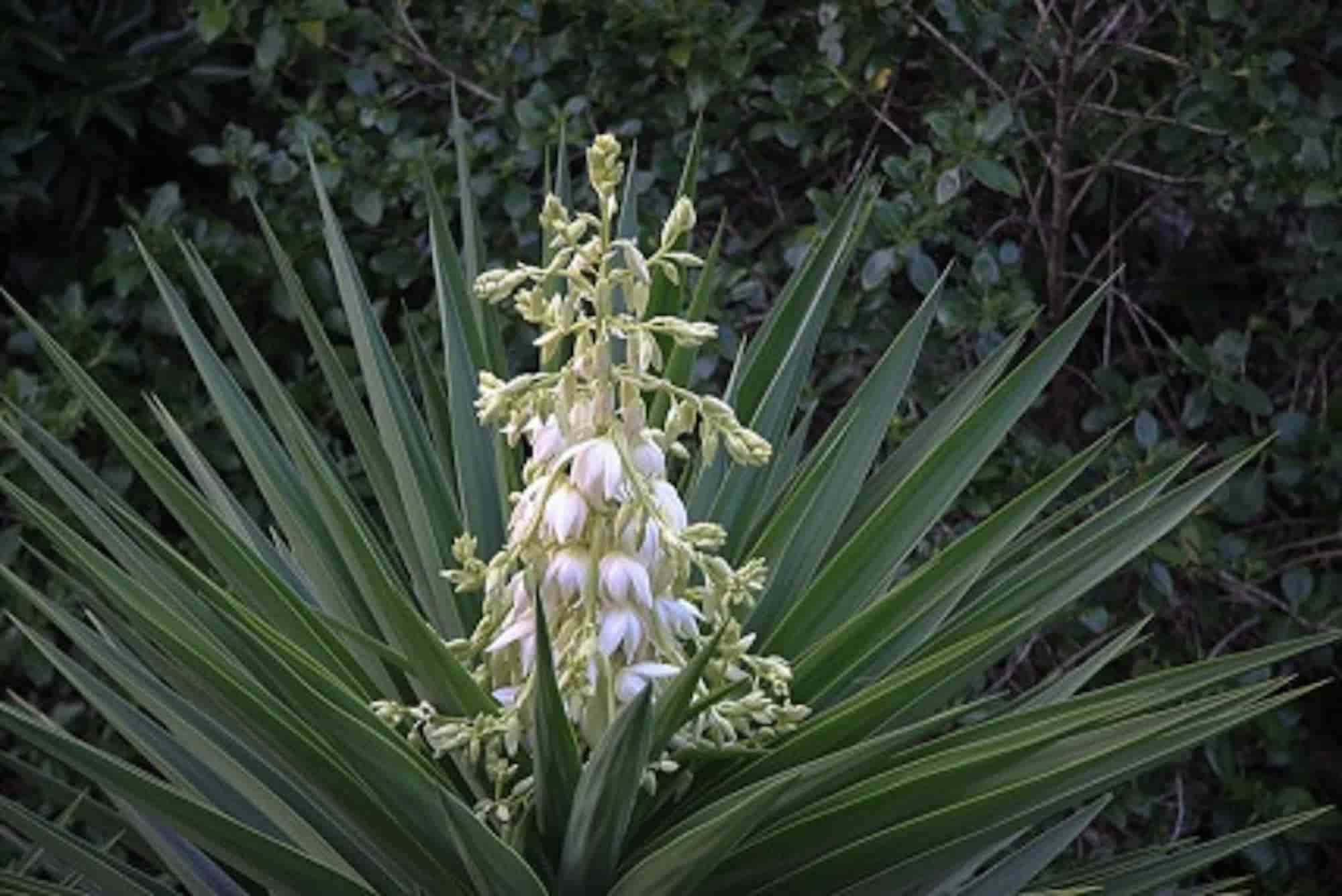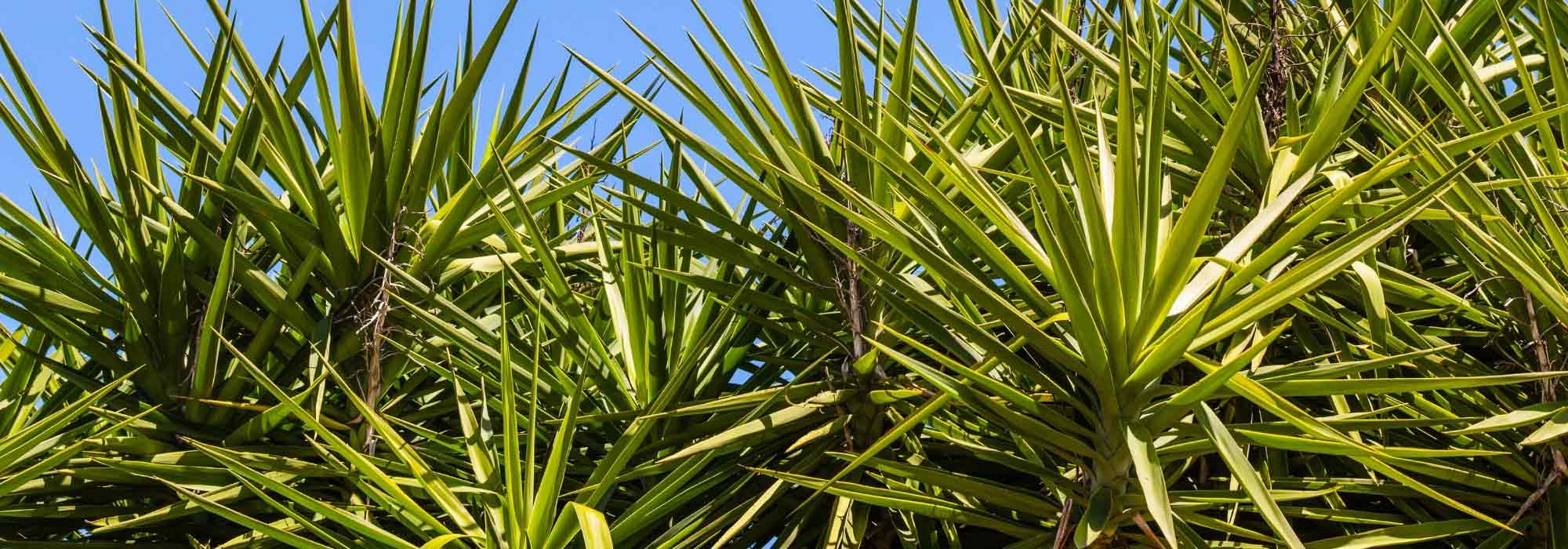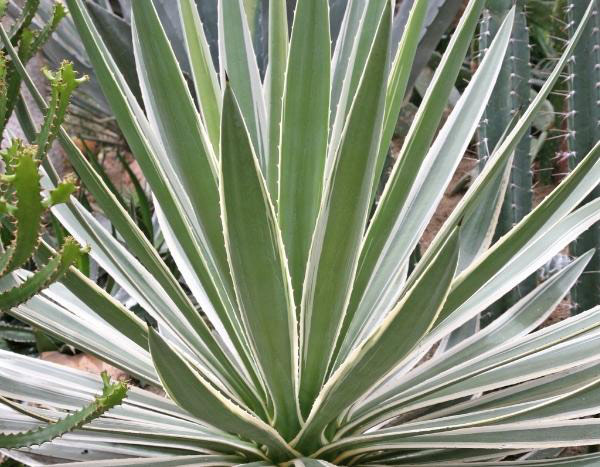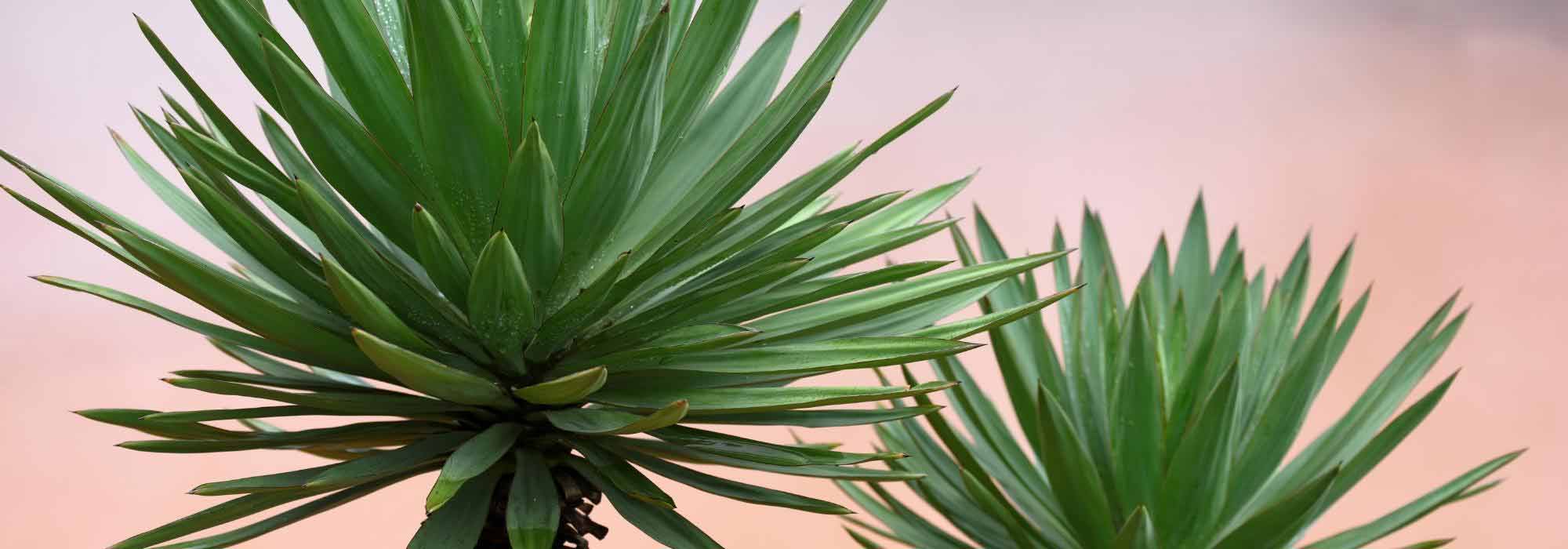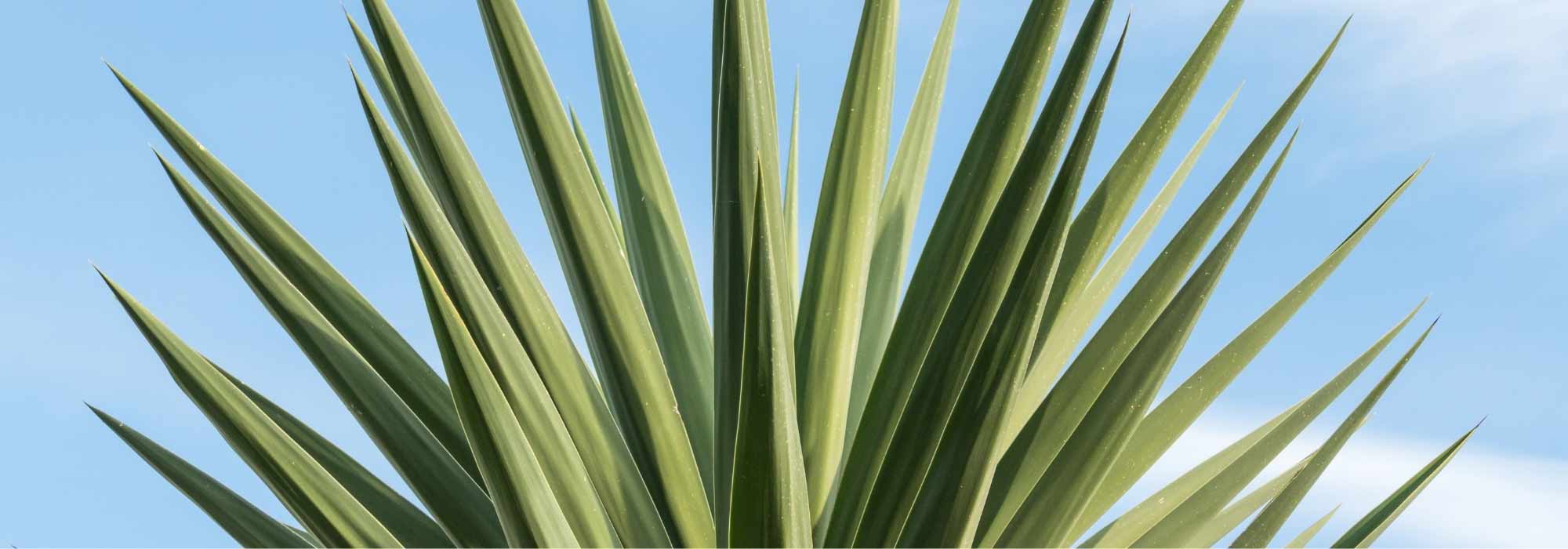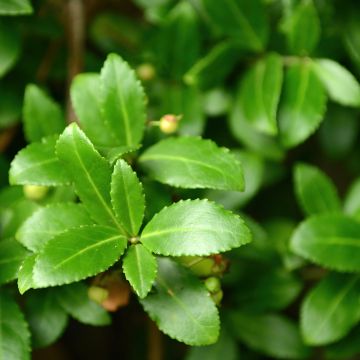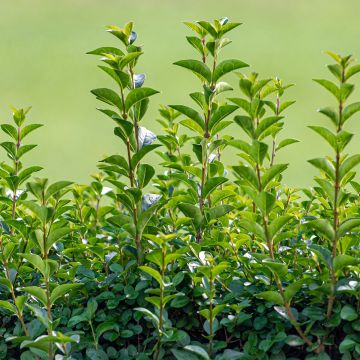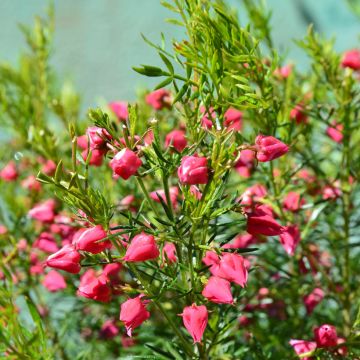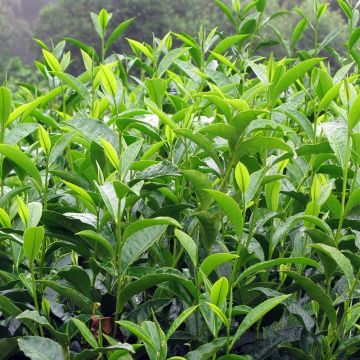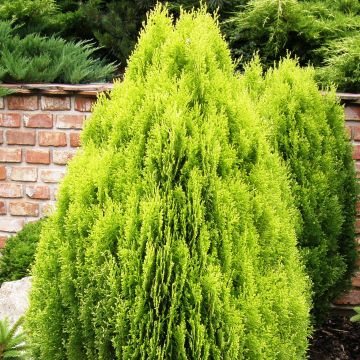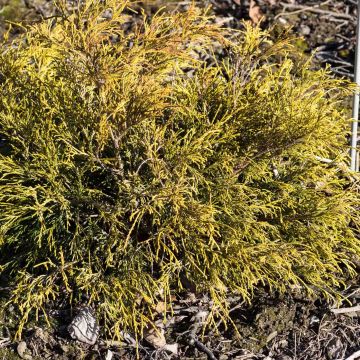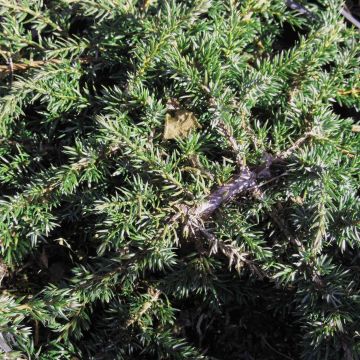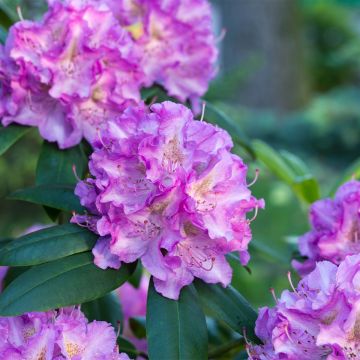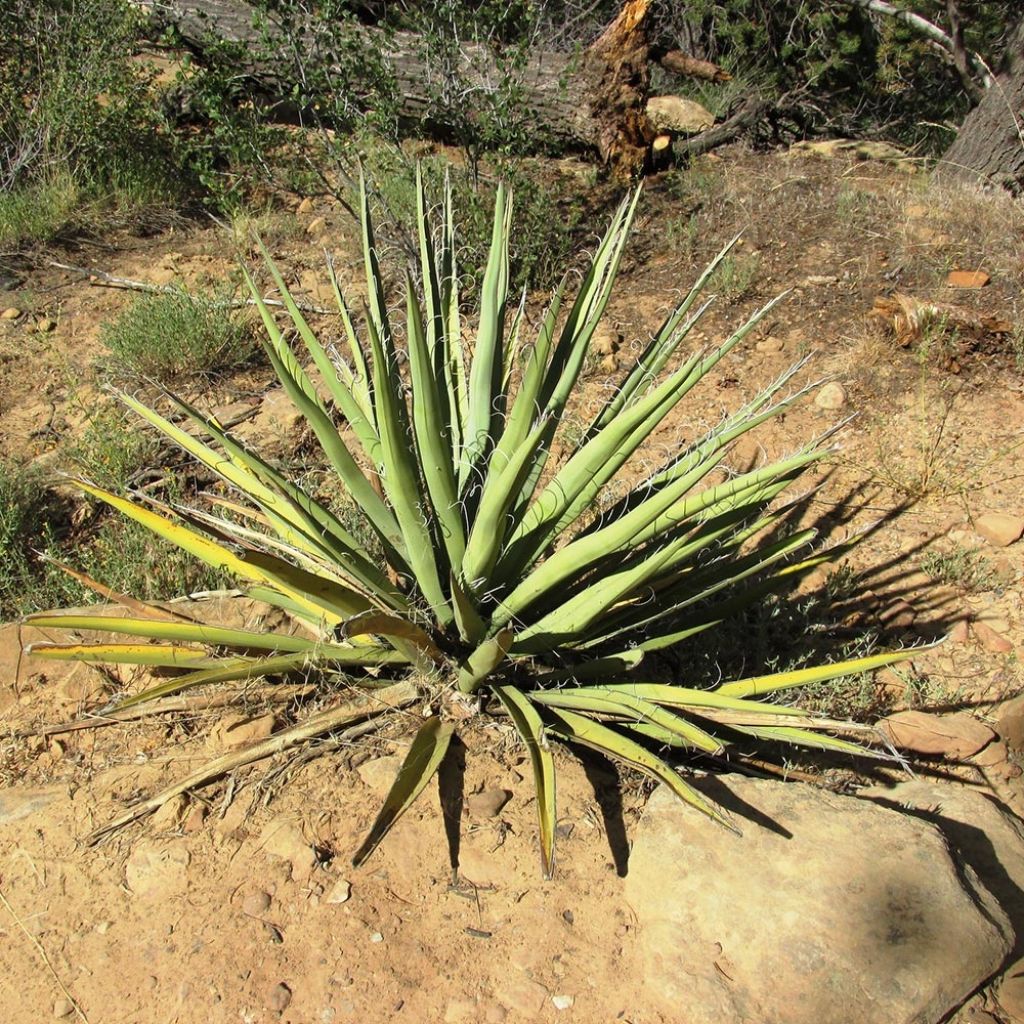

Yucca baccata
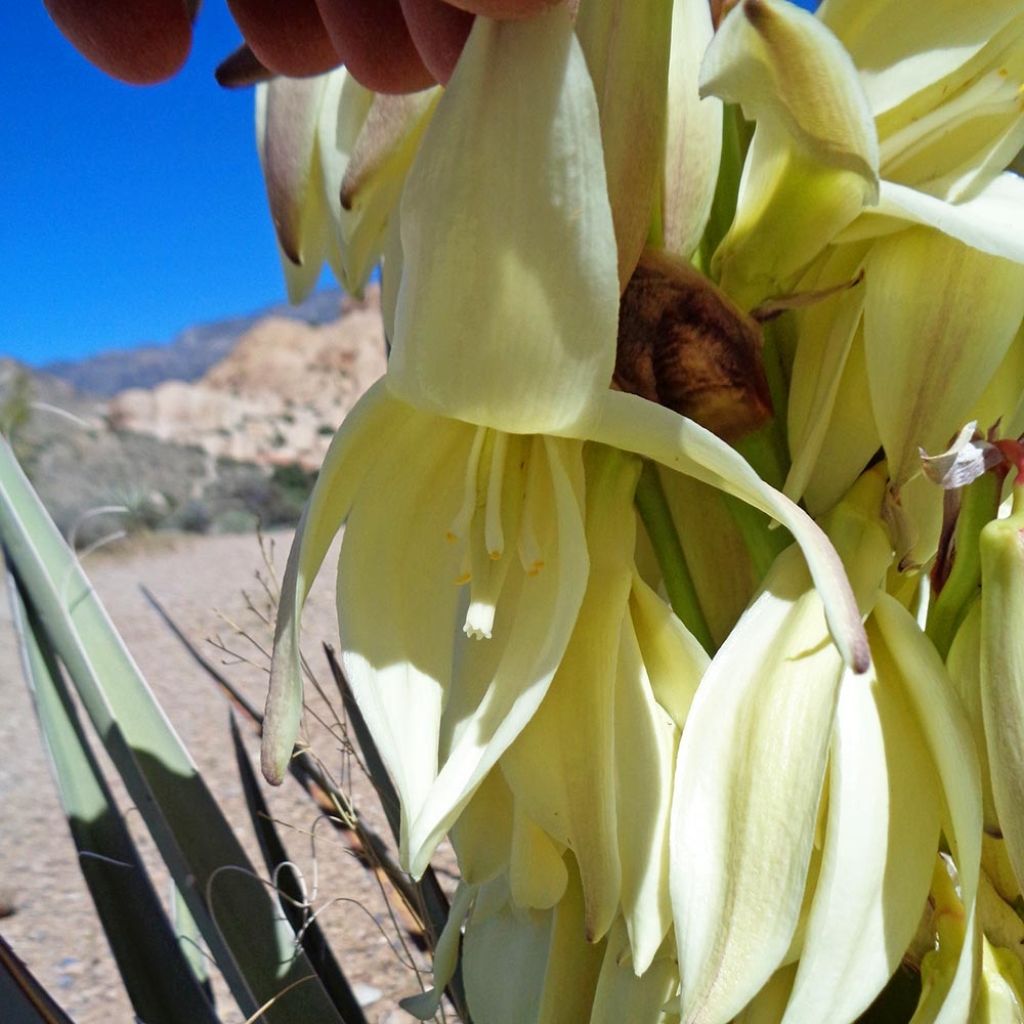

Yucca baccata
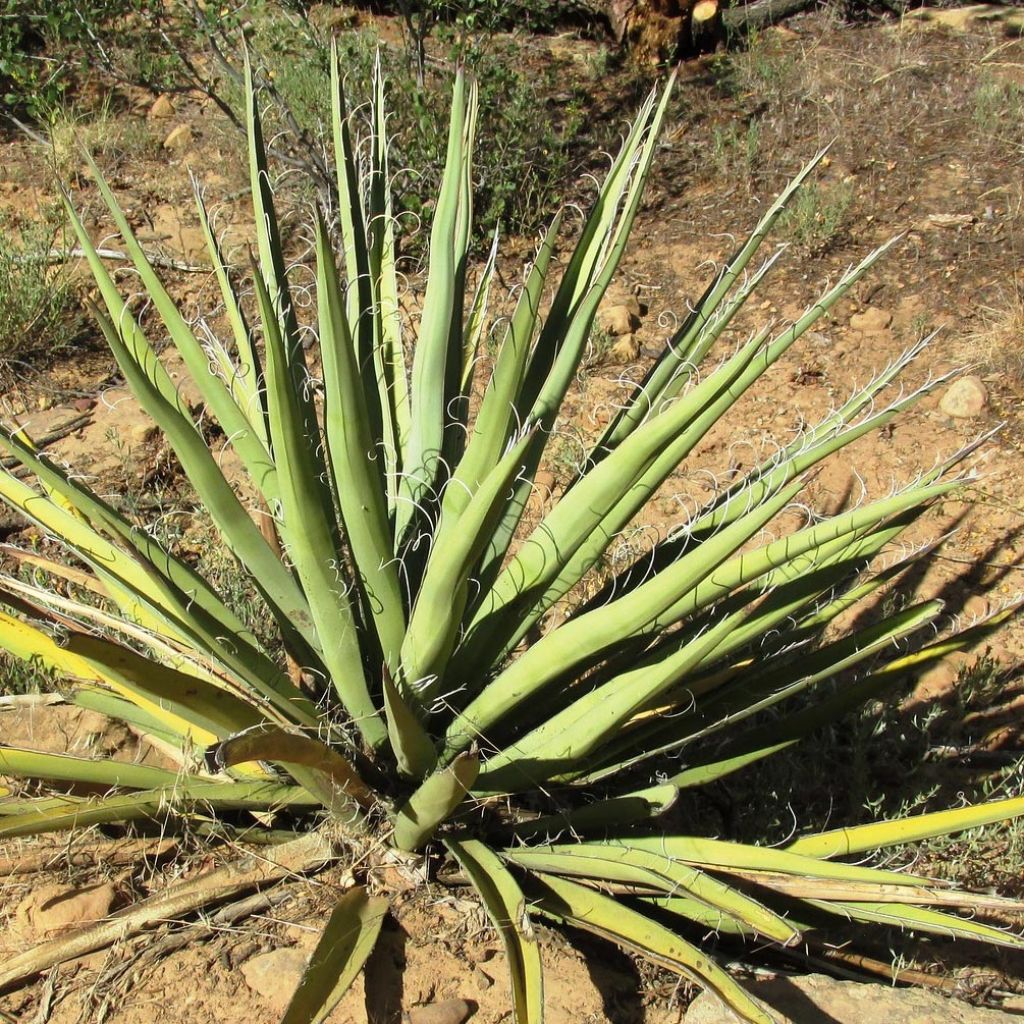

Yucca baccata
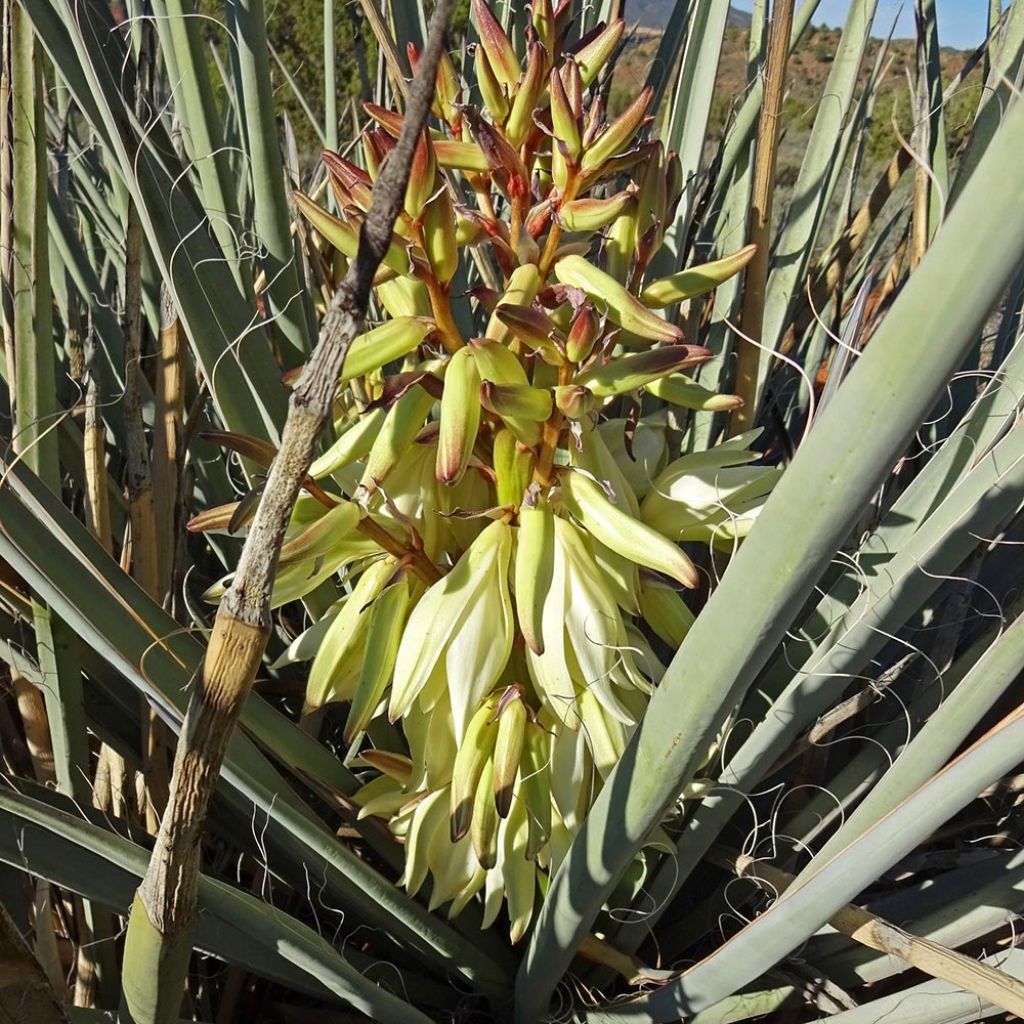

Yucca baccata
Yucca baccata
Yucca baccata
Banana Yucca, Datil, Spanish Bayonet
Very nice young plant received, in accordance with the description.
Dim, 25/03/2022
Special offer!
Receive a €20 voucher for any order over €90 (excluding delivery costs, credit notes, and plastic-free options)!
1- Add your favorite plants to your cart.
2- Once you have reached €90, confirm your order (you can even choose the delivery date!).
3- As soon as your order is shipped, you will receive an email containing your voucher code, valid for 3 months (90 days).
Your voucher is unique and can only be used once, for any order with a minimum value of €20, excluding delivery costs.
Can be combined with other current offers, non-divisible and non-refundable.
Why not try an alternative variety in stock?
View all →This plant carries a 24 months recovery warranty
More information
We guarantee the quality of our plants for a full growing cycle, and will replace at our expense any plant that fails to recover under normal climatic and planting conditions.
Does this plant fit my garden?
Set up your Plantfit profile →
Description
Yucca baccata, commonly known as Banana Yucca, is a hardy botanical species, particularly visual and decorative with its spreading rosette habit, which is rigid but not very sharp. When young, it forms a rosette of wide, twisted and flexible blue leaves, bordered by white filaments. As it ages, it develops a short massive trunk adorned with straighter and greener leaves. Its basal rosette of large evergreen leaves remains attractive throughout the year, especially as its hardiness exceeds -15 °C (5 °F) in well-drained soil. Summer flowering, which occurs on mature specimens, is spectacular and takes the form of an imposing spike of large ivory-white bell-shaped flowers. It will be perfect in a rock garden, on a slope, or in a pot on the terrace.
Yucca baccata is a plant belonging to the Agavaceae family, native to the southeastern United States and northern Mexico. It is a non-arborescent botanical species, forming a rosette of long and narrow, twisted and flexible leaves that hang down to the ground, tapering at their tips but not excessively sharp. The dark green lamina is shaded with blue or yellow depending on the clones. It maintains this rosette habit for a long time before developing a short massive trunk with straighter and greener leaves. Its growth is quite slow. Yucca banana forms rosettes about 1.5 m (5 ft) in all directions. Each rosette has about sixty leaves, measuring 80 to 90 cm (32 to 35 in) in length, which are rough and quite flexible but end in a small sharp spine. Its floral stems appear in early summer, sometimes earlier or later depending on the climate, on specimens that are several years old. The flowers, resembling tulips in size and shape, are cream-white in colour, sometimes purple on the outer tepals. They appear on a relatively short, robust, and paniculate branched inflorescence that does not protrude past the vegetation. They are oriented downwards. The rosette dies after flowering, giving rise to the emergence of other small juvenile rosettes at the base of the plant. The name Yucca banana comes from its fruits, which are large, fleshy pods that are long and slightly incurved, resembling bananas. However, the absence of a pollinator precludes any fruiting in our temperate latitudes.
Yucca baccata, hardy below -15 °C (5 °F) if provided with winter protection and planted in well-drained soil, is an easy-to-care-for exotic plant. It will thrive in any properly drained soil, and even soil that is dry and poor or in an arid location. It should be kept away from pathways and young children due to its pointed leaves. This plant is ideal for structuring a large rock garden or for brilliantly occupying the centre of an exotic bed. It can be planted alone or combined with Puya caerulea, Agave americana, prickly pears, Beschorneria, relatively hardy cactus candles (Cleistocactus strausii, Cylindropuntia imbricata), and Grevillea, all of which are equally frugal. Unlike other species, Yucca baccata appreciates a mature compost amendment if the soil is well drained. It can also be planted in a very large pot on the terrace, next to a mimosa or a Callistemon, choosing a sheltered spot in full sun.
The flower petals are edible; they can be served as a garnish or prepared as fritters. The floral spike, before the flowers appear, can also be cooked and consumed like asparagus. The dried fruits of this species were consumed by the Paiute Native Americans during the winter season.
Yucca baccata in pictures
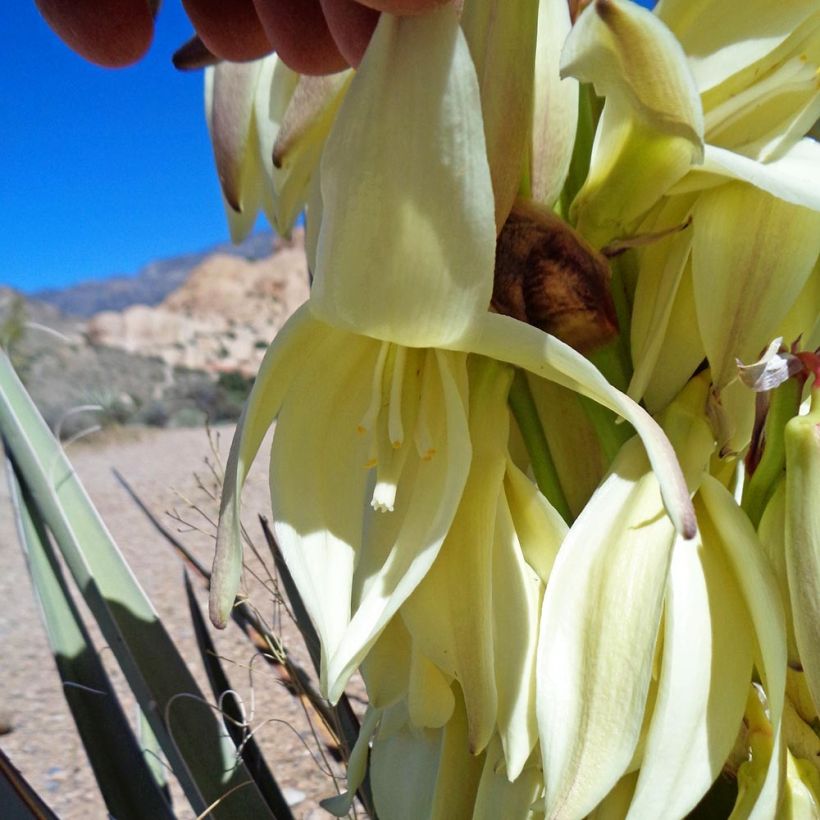

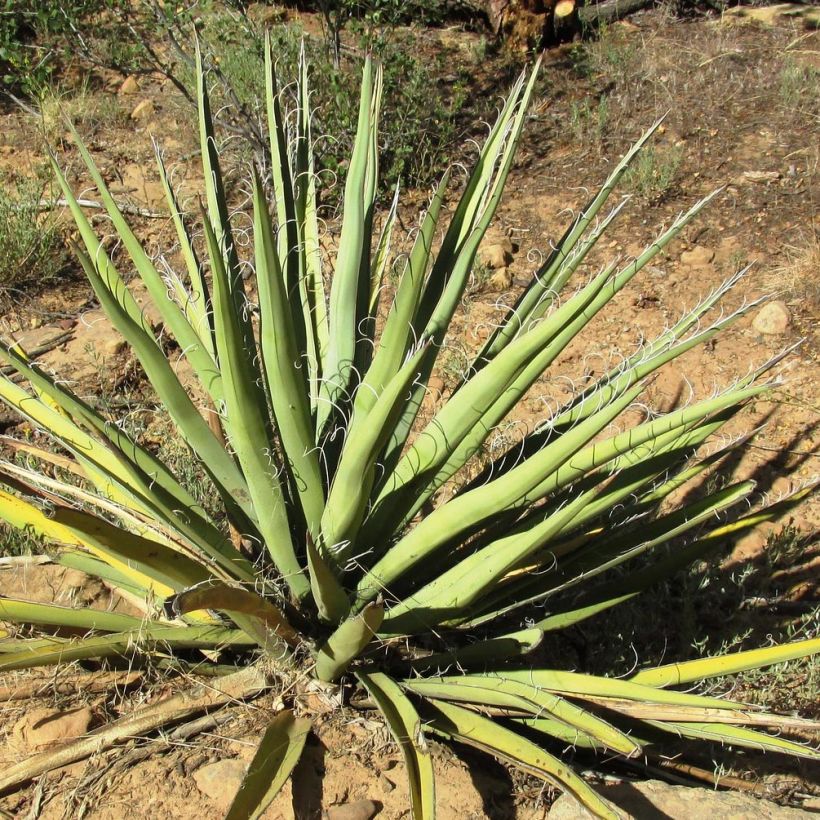

Plant habit
Flowering
Foliage
Botanical data
Yucca
baccata
Agavaeae
Banana Yucca, Datil, Spanish Bayonet
North America
Other Yucca
View all →Planting and care
Plant Yucca baccata in spring, in a very sunny location. An adult specimen will withstand brief frosts of around -20 °C (1 °F). In mild climates, planting is preferable in autumn, especially in hot and dry climates during summer. This species does not tolerate excess humidity, especially when combined with cold: place the plant in well-drained soil, ideally in a large rock garden, a raised bed with gravel-enriched soil, or a rocky slope. However, it is not very demanding in terms of soil pH, which can be slightly acidic, sandy, stony, or even slightly calcareous. It can tolerate poor soil, but its growth will be slightly faster in soil that is somewhat fertile. Monitor watering during the first 2 years, especially during hot and dry periods. Remove faded stems.
If your Yucca looks beautiful but does not flower, it is probably too young, or it has only been in your garden for 3 or 4 years. Indeed, it seems that this plant takes time to establish itself and only blooms after 20 years. Afterwards, depending on sunlight and climate, it will bloom every year, or even every 2 or 3 years.
Fertilisation in yuccas:
In their countries of origin, Yucca flowers are pollinated only by a few species of tiny primitive butterflies lacking a proboscis that live in symbiosis with the plant, such as Prodoxus. The female of these butterflies carries pollen grains from one flower to the pistil of another. She lays a few eggs at the base of the flower. The young caterpillars feed on some of the seeds. As the Prodoxus is not part of our native fauna, most yuccas grown in our gardens never produce fruits. Only Yucca aloifolia is capable of doing so because its pollination does not depend on the presence of these microbutterflies.
Planting period
Intended location
Care
Planting & care advice
-
, onOrder confirmed
Reply from on Promesse de fleurs
Similar products
Haven't found what you were looking for?
Hardiness is the lowest winter temperature a plant can endure without suffering serious damage or even dying. However, hardiness is affected by location (a sheltered area, such as a patio), protection (winter cover) and soil type (hardiness is improved by well-drained soil).

Photo Sharing Terms & Conditions
In order to encourage gardeners to interact and share their experiences, Promesse de fleurs offers various media enabling content to be uploaded onto its Site - in particular via the ‘Photo sharing’ module.
The User agrees to refrain from:
- Posting any content that is illegal, prejudicial, insulting, racist, inciteful to hatred, revisionist, contrary to public decency, that infringes on privacy or on the privacy rights of third parties, in particular the publicity rights of persons and goods, intellectual property rights, or the right to privacy.
- Submitting content on behalf of a third party;
- Impersonate the identity of a third party and/or publish any personal information about a third party;
In general, the User undertakes to refrain from any unethical behaviour.
All Content (in particular text, comments, files, images, photos, videos, creative works, etc.), which may be subject to property or intellectual property rights, image or other private rights, shall remain the property of the User, subject to the limited rights granted by the terms of the licence granted by Promesse de fleurs as stated below. Users are at liberty to publish or not to publish such Content on the Site, notably via the ‘Photo Sharing’ facility, and accept that this Content shall be made public and freely accessible, notably on the Internet.
Users further acknowledge, undertake to have ,and guarantee that they hold all necessary rights and permissions to publish such material on the Site, in particular with regard to the legislation in force pertaining to any privacy, property, intellectual property, image, or contractual rights, or rights of any other nature. By publishing such Content on the Site, Users acknowledge accepting full liability as publishers of the Content within the meaning of the law, and grant Promesse de fleurs, free of charge, an inclusive, worldwide licence for the said Content for the entire duration of its publication, including all reproduction, representation, up/downloading, displaying, performing, transmission, and storage rights.
Users also grant permission for their name to be linked to the Content and accept that this link may not always be made available.
By engaging in posting material, Users consent to their Content becoming automatically accessible on the Internet, in particular on other sites and/or blogs and/or web pages of the Promesse de fleurs site, including in particular social pages and the Promesse de fleurs catalogue.
Users may secure the removal of entrusted content free of charge by issuing a simple request via our contact form.
The flowering period indicated on our website applies to countries and regions located in USDA zone 8 (France, the United Kingdom, Ireland, the Netherlands, etc.)
It will vary according to where you live:
- In zones 9 to 10 (Italy, Spain, Greece, etc.), flowering will occur about 2 to 4 weeks earlier.
- In zones 6 to 7 (Germany, Poland, Slovenia, and lower mountainous regions), flowering will be delayed by 2 to 3 weeks.
- In zone 5 (Central Europe, Scandinavia), blooming will be delayed by 3 to 5 weeks.
In temperate climates, pruning of spring-flowering shrubs (forsythia, spireas, etc.) should be done just after flowering.
Pruning of summer-flowering shrubs (Indian Lilac, Perovskia, etc.) can be done in winter or spring.
In cold regions as well as with frost-sensitive plants, avoid pruning too early when severe frosts may still occur.
The planting period indicated on our website applies to countries and regions located in USDA zone 8 (France, United Kingdom, Ireland, Netherlands).
It will vary according to where you live:
- In Mediterranean zones (Marseille, Madrid, Milan, etc.), autumn and winter are the best planting periods.
- In continental zones (Strasbourg, Munich, Vienna, etc.), delay planting by 2 to 3 weeks in spring and bring it forward by 2 to 4 weeks in autumn.
- In mountainous regions (the Alps, Pyrenees, Carpathians, etc.), it is best to plant in late spring (May-June) or late summer (August-September).
The harvesting period indicated on our website applies to countries and regions in USDA zone 8 (France, England, Ireland, the Netherlands).
In colder areas (Scandinavia, Poland, Austria...) fruit and vegetable harvests are likely to be delayed by 3-4 weeks.
In warmer areas (Italy, Spain, Greece, etc.), harvesting will probably take place earlier, depending on weather conditions.
The sowing periods indicated on our website apply to countries and regions within USDA Zone 8 (France, UK, Ireland, Netherlands).
In colder areas (Scandinavia, Poland, Austria...), delay any outdoor sowing by 3-4 weeks, or sow under glass.
In warmer climes (Italy, Spain, Greece, etc.), bring outdoor sowing forward by a few weeks.






























